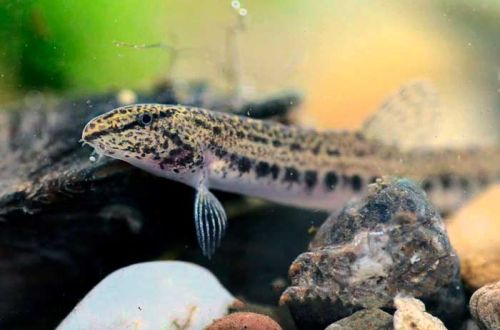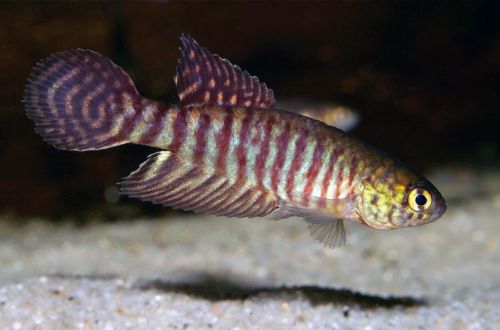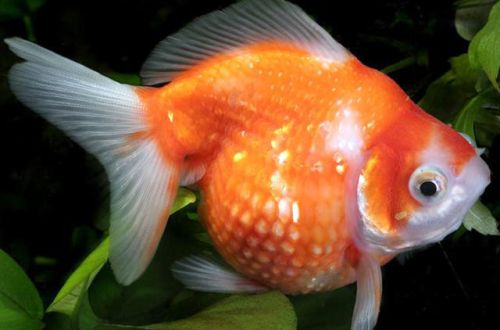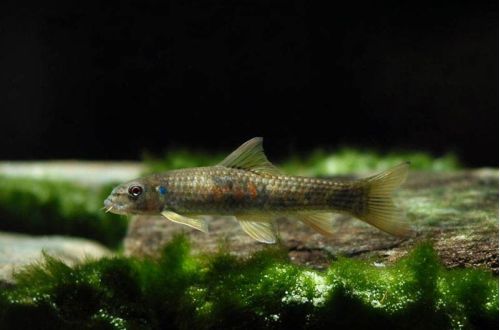
Shchipovka
The loach, scientific name Cobitis taenia, belongs to the family Cobitidae (Loaches). It lives throughout Europe and the central regions of Russia. Inhabits most river systems and associated water bodies. It occurs mainly in places with a calm current and sandy substrates, in river estuaries with low salinity up to 5‰.

It does not have bright colors and needs relatively cool water, so it is rarely used in tropical aquariums. However, due to its unpretentiousness, it may well be kept at home in relatively small tanks.
Description
Adult individuals reach a length of up to 13 cm. The fish have an elongated somewhat cylindrical body typical of the Goltsov. Fins and tail are short. The color of the body is gray-yellow, sandy in color with a pattern of two rows of dark spots, like beads stretching from head to tail. The rest of the body is also covered with small dark specks. On the head, a diagonal black stripe passes through the eyes.
Sexual dimorphism is weakly expressed. Males and females have few visible differences.
Behavior and Compatibility
It is most active in the evening or at night. In the daytime, it prefers to hide in shelters or partially dig into the ground. Peacefully tuned in relation to relatives and other species. They get along well with Goldfish, Koi and other unpretentious hardy fish.
Brief information:
- The volume of the aquarium – from 100 liters.
- Temperature – 16-19°C
- Value pH — 7.0–7.7
- Water hardness – medium or high hardness (10-25 dGH)
- Substrate type – soft sandy
- Lighting – any
- Brackish water – permissible in a small concentration of not more than 5 grams per liter of water
- Water movement – moderate
- The size of the fish is up to 13 cm.
- Food – any sinking food
- Temperament – peaceful
- Keeping in a group of 3-4 individuals
Maintenance and care, arrangement of aquariums
The optimal size of the aquarium for a group of 3-4 fish starts from 100 liters. Shchipovka lives at the bottom, so the main attention in the design is given to the lower tier. It is recommended to use soft sandy substrates and provide several shelters. As the latter, both natural snags, large stones (without sharp edges), and artificial decorative objects are used.
Fish dig in the ground in search of food, which in a limited space of an aquarium will inevitably lead to damage to rooted plants. A good alternative would be floating plants such as hornwort, nyas, elodea and others.
Able to live in a variety of environments, adapting well to a wide range of pH and dGH values. However, this does not mean that significant fluctuations in these hydrochemical parameters can be allowed. The habitat must be stable.
The quality of the water directly depends on the regularity of the maintenance of the aquarium (partial water change and waste disposal) and the smooth operation of the equipment. However, the only equipment for keeping Shchipovka can be a filtration system. There is no urgent need for a heater and lighting system.
Food
In nature, it feeds by sifting portions of the soil with its mouth in search of food. In the aquarium, it can be accustomed to alternative foods in the form of popular flakes and pellets. Given the lifestyle of the feed, it is necessary to use sinking ones, which are served in the late afternoon.





